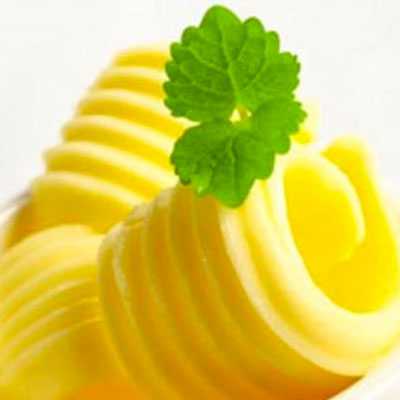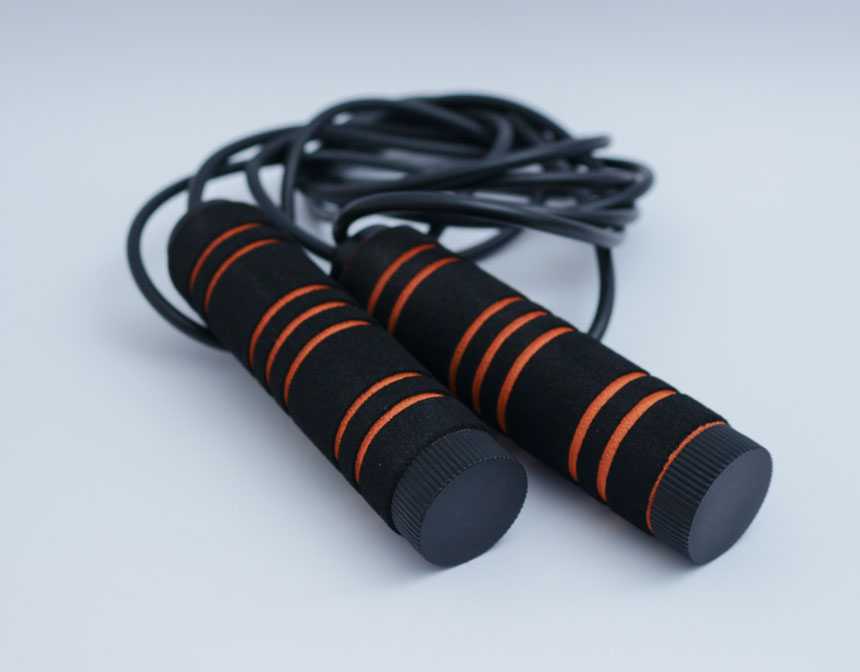The Roots of Sopapilla Cheesecake
Originating from the fusion of Latin American and American dessert concepts, the sopapilla cheesecake is a delightful testament to culinary innovation. Sopapilla, a popular deep-fried pastry often found in Hispanic cuisine, typically serves as a sweet treat drizzled with honey or sprinkled with sugar. When paired with the richness of cheesecake, the result is a harmonious blend that has captured the taste buds of many. It’s no surprise that the sopapilla cheesecake bars have become a favorite at family gatherings, potlucks, and celebrations.
Popular Variations and Recognitions
Over the years, various renditions of this dessert have graced our tables. Popularized by various culinary personalities and brands, the Pillsbury sopapilla cheesecake recipe stands out as one of the most recognized versions, known for its convenience and delicious outcome. Additionally, the pioneer woman sopapilla cheesecake has garnered attention for its homestyle touch and flavorful tweaks. Whether you're opting for the easy sopapilla cheesecake variant or diving into more complex methods, there's a version of this dessert to satisfy every craving.
Why It Stands Out Amongst Cheesecakes
The best sopapilla cheesecake recipe is more than just the combination of its parts. It marries contrasting textures—the fluffiness of the sopapilla and the creamy density of the cheesecake. Its cinnamon-sugar topping provides a crunchy finish, setting it apart from traditional cheesecakes. In a world abundant with cheesecake varieties, the sopapilla cheesecake has carved its niche, bringing a hint of Latin flair to the classic dessert realm.
What Is Sopapilla Cheesecake Made Of?
Sopapilla cheesecake is a delightful fusion dessert that combines the characteristics of the sopapilla—a pillowy, deep-fried pastry from Latin American cuisine—with the creamy richness of cheesecake. Here are the basic components of Sopapilla cheesecake:
Pastry Dough: Many versions of this dessert use pre-made crescent roll dough as a base, lending it a flaky and tender crust. This simplifies the process, but traditional sopapilla dough can also be used for a more authentic touch.
Cream Cheese Filling: The heart of this dessert is its creamy cheesecake center. This is typically made with cream cheese, sugar, and vanilla extract, creating a rich and velvety filling.
Cinnamon-Sugar Topping: One of the defining features of Sopapilla cheesecake is its cinnamon-sugar topping. After the cheesecake is assembled, it's generously sprinkled with a mix of ground cinnamon and sugar, giving the dessert a sweet, aromatic finish.
Butter: Melted butter is often drizzled over the top before baking, which helps the cinnamon-sugar topping adhere and gives the dessert a golden, crispy top layer.
Optional ingredients might include honey drizzled on top or fruit fillings to add an additional layer of flavor.
What Does Sopapilla Taste Like?
A sopapilla is a soft, pillowy, deep-fried pastry that originates from Latin American cuisine, particularly in regions like Mexico, Argentina, and New Mexico in the U.S. When freshly made, it has a light, airy interior and a slightly crispy exterior. Here's a breakdown of its taste and texture:
Flavor: Sopapillas themselves have a mild, slightly sweet flavor, but they're not overly sweet on their own. Their taste is somewhat reminiscent of other fried dough pastries, but the dough used for sopapillas usually has a unique touch of sweetness.
Texture: One of the standout features of sopapillas is their texture. When bitten into, they give a gentle crunch from their golden exterior, which quickly gives way to a soft, airy, and chewy interior. This contrast between the crispy outside and the tender inside is one of the reasons they're so beloved.
Serving Variations: While the basic sopapilla has a mildly sweet taste, its flavor profile can change based on how it's served. Often, sopapillas are drizzled with honey, which soaks into the porous interior, making it delightfully sweet and sticky. They can also be dusted with powdered sugar or cinnamon-sugar. In some regions, savory versions are filled with meats, cheeses, or beans.
In essence, a sopapilla tastes like a delightful fusion of flavors and textures, balancing the mild sweetness of the dough with the rich toppings or fillings it's served with.
What Is Sopapilla Ice Cream?
As of my last training data in January 2022, "Sopapilla ice cream" isn't a widely recognized or traditional flavor or variant of ice cream. However, the world of culinary arts is vast, and chefs and food enthusiasts are always experimenting with new combinations and flavors. It's entirely possible that someone has tried to capture the essence and flavor of a sopapilla in ice cream form.
A Sopapilla ice cream could theoretically be an ice cream that incorporates flavors typically associated with sopapillas – like cinnamon, honey, and perhaps even bits of fried pastry dough. Imagine a creamy, cinnamon-infused ice cream base swirled with honey and dotted with chunks or crumbs of crispy sopapilla.
If you've encountered this in a restaurant, ice cream parlor, or a recipe, it's a testament to the innovative nature of modern cuisine, blending traditional flavors with new mediums. Otherwise, it could be a fantastic idea to experiment with if you're into making homemade ice creams!
How To Store Sopapilla Cheesecake?
Storing Sopapilla Cheesecake properly is crucial to maintaining its freshness, flavor, and texture. Here's how you can store it:
Cool Completely: Before storing, make sure the Sopapilla Cheesecake has cooled completely to room temperature. This prevents condensation from forming, which could make the crust soggy.
Refrigeration:
- Short-term: If you plan to consume the cheesecake within the next few days, transfer it to a container with a tight-fitting lid or wrap it tightly in plastic wrap or aluminum foil. It can then be stored in the refrigerator for up to 5 days.
- Remember that cheesecake is dairy-based, so refrigeration is essential to prevent spoilage.
Freezing for Longer Storage:
- If you want to store the cheesecake for a longer period, you can freeze it. Wrap individual pieces or the entire cheesecake tightly in plastic wrap, and then again in aluminum foil.
- Label the wrapped cheesecake with the date and place it in a freezer bag or airtight container.
- Sopapilla Cheesecake can be frozen for up to 3 months. When you're ready to eat it, thaw it in the refrigerator overnight.
Reheating: If you prefer to enjoy your Sopapilla Cheesecake warm, you can reheat individual slices in the microwave for a short burst, usually 15-30 seconds. If reheating a larger portion, consider using an oven preheated to a low temperature, like 300 °F (150 °C), and warm until it reaches your desired temperature.
Serving: When ready to serve again, you might want to freshen up the cheesecake by drizzling a little more honey or a sprinkle of cinnamon on top.
Remember, always check stored food for signs of spoilage before consuming, especially if it's been stored for a while. If it smells off, has mold, or the texture seems wrong, it's best to discard it.






































